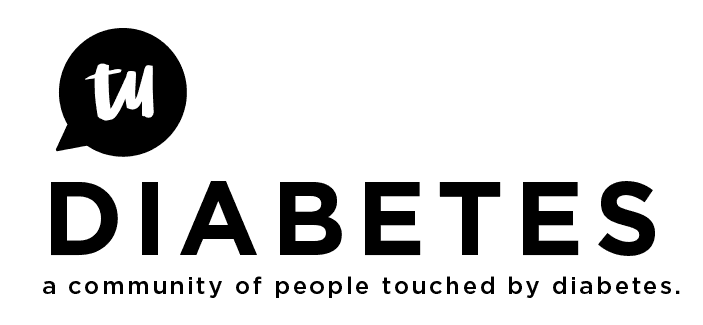There are several factors that contribute to whether or not T2 can be controlled through diet and exercise (Intensive Lifestyle Management – ILM) without the addition of either oral medications or insulin.
The first of these should be obvious: how early is the persistent hyperglycemia, impaired glucose tolerance (IGT), and/or insulin resistance (IR) – the three main symptoms and/or predecessor conditions of T2 diabetes – detected? If these tendencies are detected while there is still significant beta cell function, and the cause(s) of the individual’s IGT and/or IR determined, then ILM can be used to retard or arrest beta cell decay.
Holger Schmeken writes, By reducing his weight the T2 can reduce the need of his body for insulin (if he is not already slim). This means that he can reach a weight where the insulin production will be sufficient again.
What I have been reading recently suggests that the issue is not simply weight loss, but rather that there are specific lipokines (like hormones, but produced by adipose tissue) that inhibit insulin metabolism and stress the endoplasmic reticuli (ER) of other body cells, resulting in insulin resistance. Weight loss shrinks the size of the adipocytes, reducing serum lipokine levels.
In addition, exercise in general has been shown to increase insulin sensitivity, and regular intense exercise (at the aerobic/anaerobic threshold) may improve glucose tolerance to non-IGT levels.
Now, if T2 has been diagnosed later on – the description I was originally given was, “after more than 50% of beta cell function has been lost”, but the current seems to be “after more than 80% of beta cell function has been lost” – it is less likely that the remaining beta cells will be able to produce sufficient insulin to suit the body’s needs without some assistance. This assistance may be in the form of pharmaceuticals that improve insulin sensitivity, increase insulin production, and/or inhibit glycogen conversion to glucose – or in the form of animal or analog insulin.
The third factor is the patient’s commitment to ILM. Many T2s I know find exercise difficult due to other conditions (such as asthma or osteoarthritis); some find the costs associated with dietary change and intensive testing to be too high (both economically and socially). Even with an initial commitment to ILM, changes in one’s condition and one’s environment can lead to increasing restrictions upon one’s dietary intake with increasingly less positive change, resulting in the need to add medication to one’s regimen.
While the progression can be arrested (or at the least, significantly retarded), in no case is anyone “cured” of IGT, IR, or T2 diabetes, once s/he has been diagnosed. Nonetheless, the twin misperceptions persist of glycemic control through ILM equating “being cured of” diabetes, and its polar opposite, that laziness is the only bar to controlling T2 through ILM. Both of these misperceptions need to be addressed and corrected.
